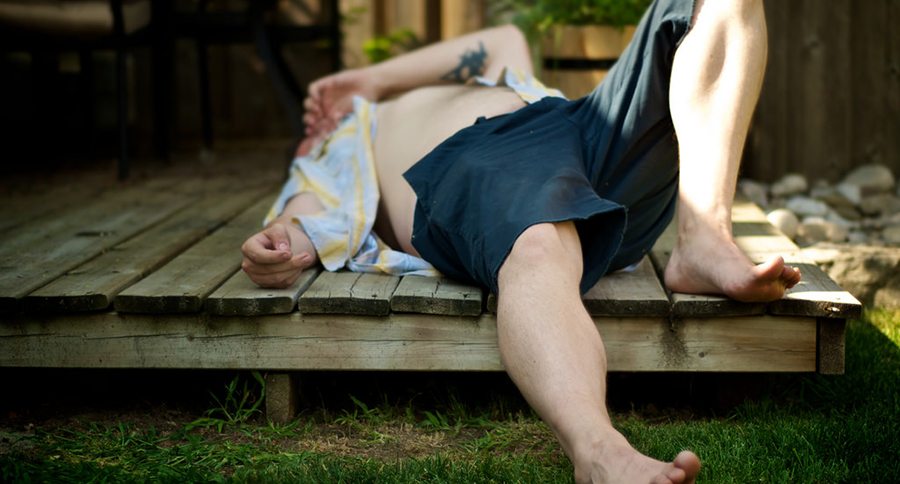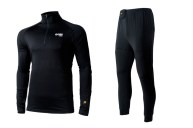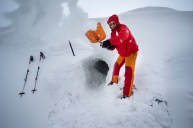Summertime is prime time for heat-related illness and death. Let's check in with a group of friends that learned this lesson the hard way.
Hank couldn't believe his luck, an entire week off from work and he was going to get to spend it on the trail with his best friends, Scout, Thomas and Phil. They had been friends for years and had been on numerous adventures together. The outdoors was their element and where they spent every minute possible.
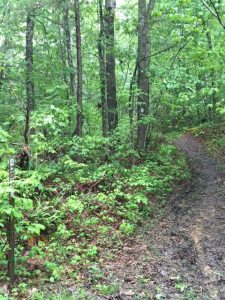
Image courtesy Daniel Leathers
They were going to hike a big portion of the Sheltowee Trace through Kentucky. Things had started off well and they were three days into their trek. The weather had not been too hot, although the humidity was high and the walking was tough. This was the first time that Phil had been able to make a hiking trip since last year and he was having a little trouble.
Hank noticed that Phil hadn't been drinking as much water as he thought he should considering the humidity, exertion level and the fact that Phil had put on a few extra pounds. He also noticed that Phil's skin was very pale. He had become irrational in his behavior, which was not like Phil at all. His steps had become gawky and abnormal.

Image courtesy Princeton University
Hank quickly recognized that Phil was having heat problems and was exhibiting classic signs of heat stroke. The team stopped and began first aid to help their friend. Thankfully, they had been alert and noticed the signs before it was too late. Would you know what to look for and what to do?
Types of Heat Illness
- Heat Exhaustion results from many factors including heat stress, water and electrolyte loss, inadequate hydration and usually shows in someone that is doing physical exertion.
- Heat Stroke occurs when your core body temperature produces heat faster than it can be shed. They are generally over-exerting themselves and/or are severely dehydrated. This can lead to hyperthermia.
- Hyponatremia is the result of blood sodium levels falling too low and failing to maintain normal body function. This usually is the result of drinking too much water and failing to eat.
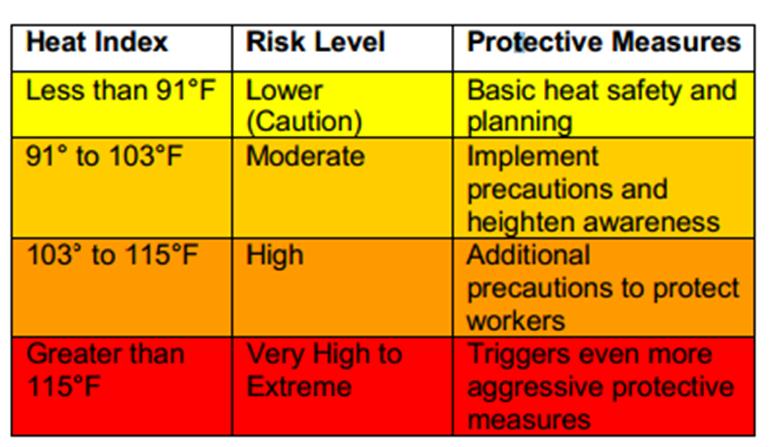
Image courtesy Your Green Pal
Signs to of Heat Related Illness
Signs and symptoms become progressively worse. These are basic signs, be sure to become knowledgeable with all of them
- Skin is pale and damp or clammy. Can progress to hot, dry skin.
- Irrational change in moods.
- Elevated pulse rate.
- Nausea, weakness and/or dizziness, headaches.
- Irrational or confused behavior, combative and aggressive.

Image courtesy First Aid For Free
First Aid
- Get patient to cool, shady place if possible.
- Loosen or remove tight clothing for better air circulation.
- Fluids should be replaced with small sips, not large gulps (this helps reduce nausea).
- It can take up to 24 hours to recover from heat exhaustion.
- Once cool, replace electrolytes with bouillon or electrolyte drink.
- Heat Stroke, hyperthermia, hyponatremia all require evacuation.
An Ounce of Prevention is Worth a Pound of Cure
- Drink water even if you aren't thirsty (5 to 12 ounces of water for every 15 - 20 minutes of exercise is recommend).
- Schedule water stops regardless of weather.
- Regulate activity to avoid unnecessary heat or stress.
- Eat low-salt snacks regularly.
- Keep your head covered and wear loose clothing for better air circulation.
- Rest in the shade regularly.
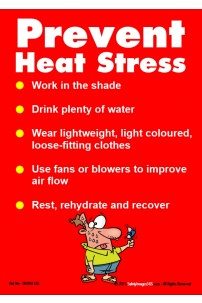
Image courtesy Safety Images
Outdoor activities can be the highlight of anytime of year, but without the proper consideration given to safety, it can also become a negative...even deadly...one. Be sure to learn more about heat related illnesses and what you can do to prevent and treat them. With the right planning and care, you can enjoy your outdoor time and not become a statistic. Be ready. Be informed. And no matter how you choose to spend your time this season, don't leave the outdoors out.
NEXT: TIPS FOR CHOOSING A BACKPACKING STOVE
